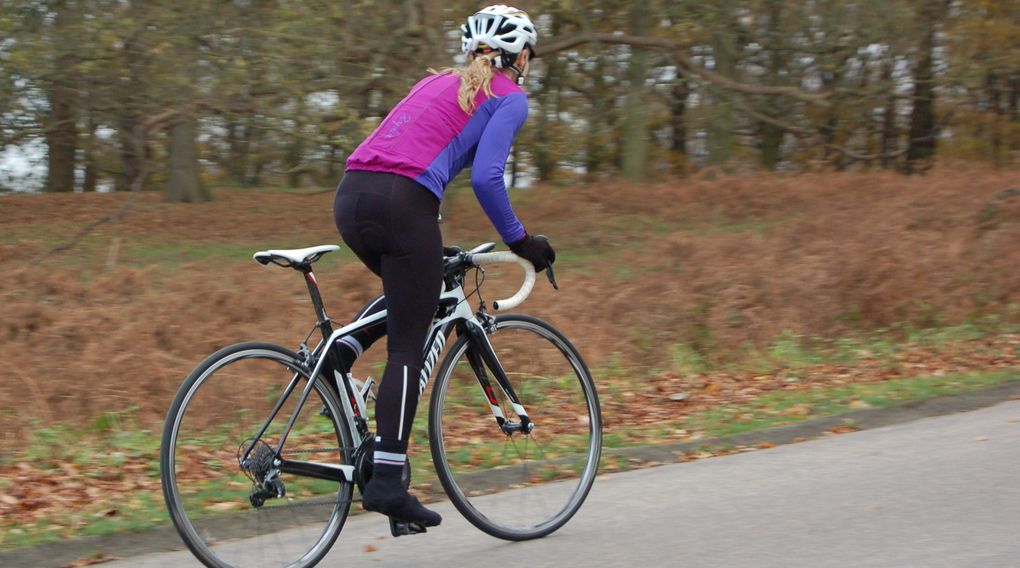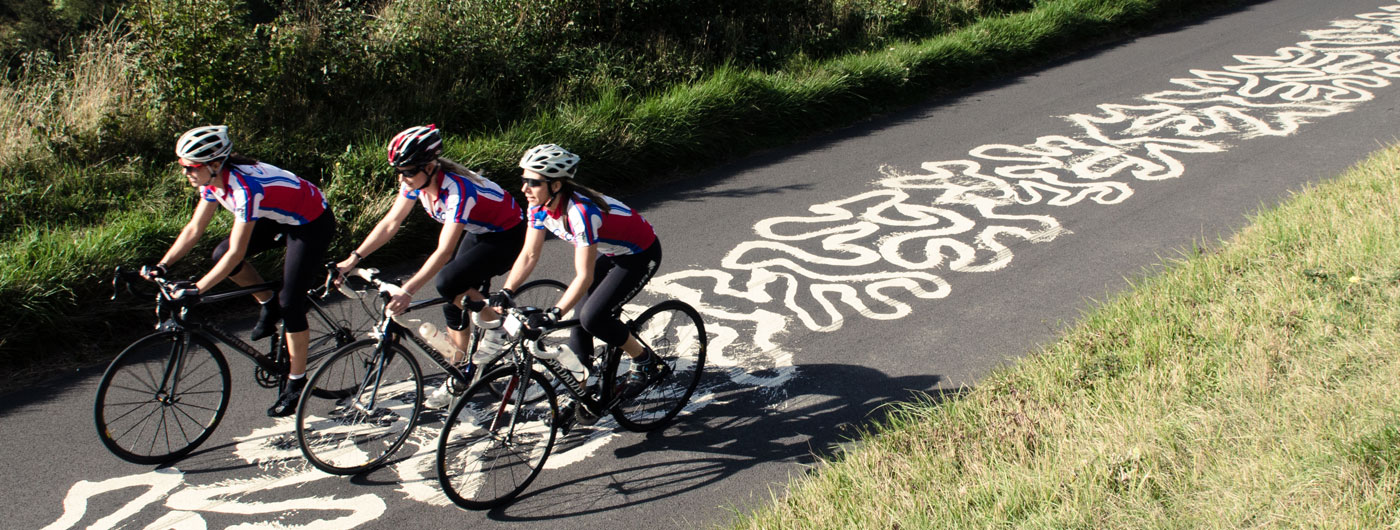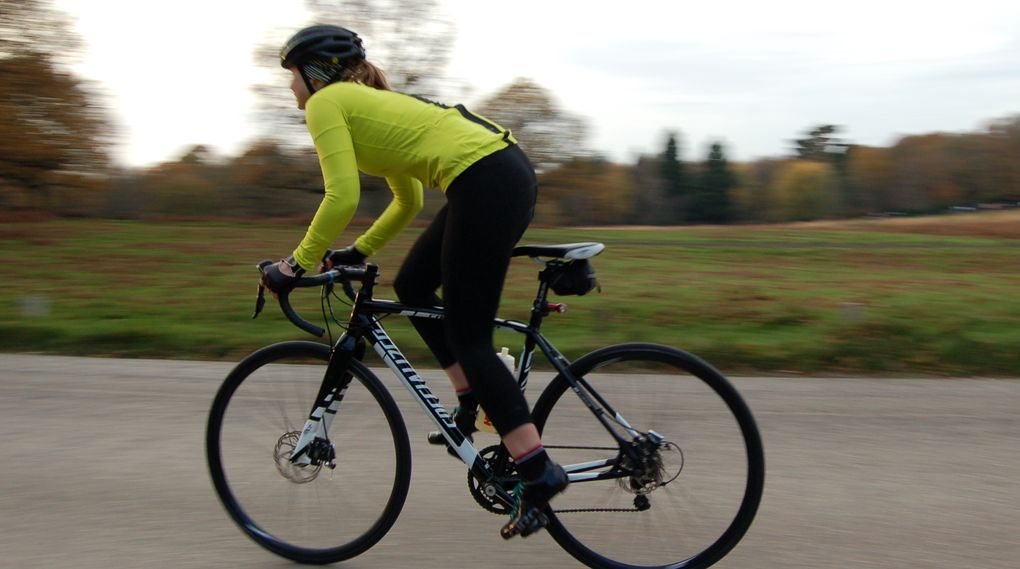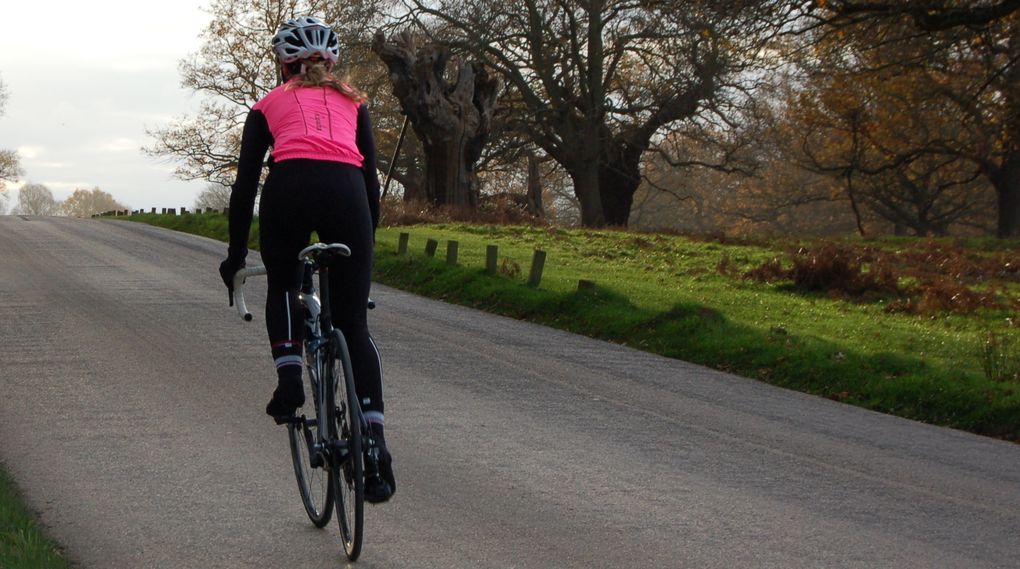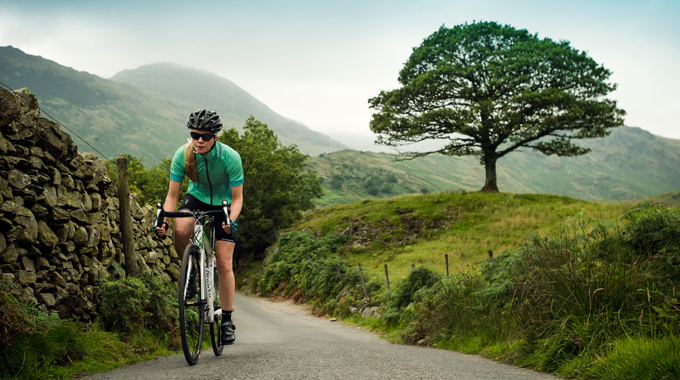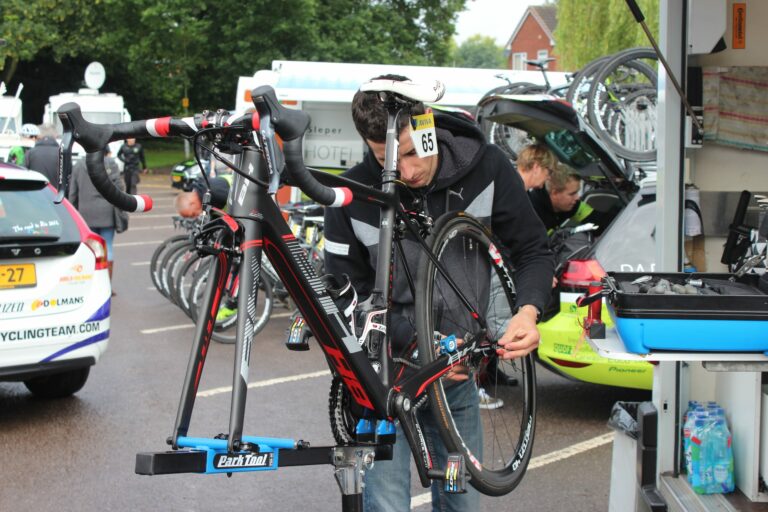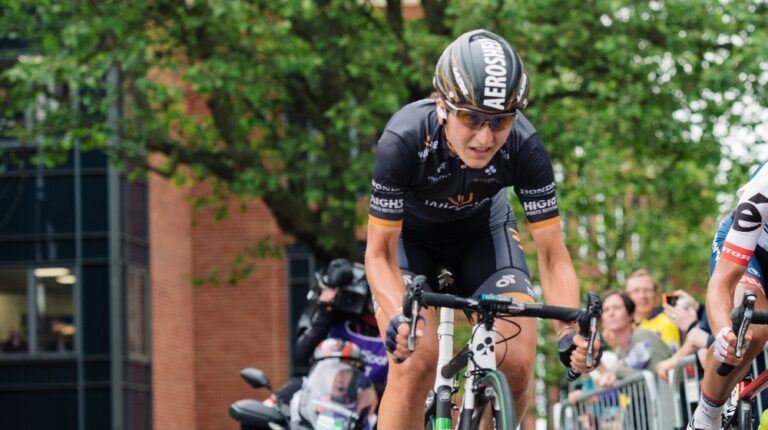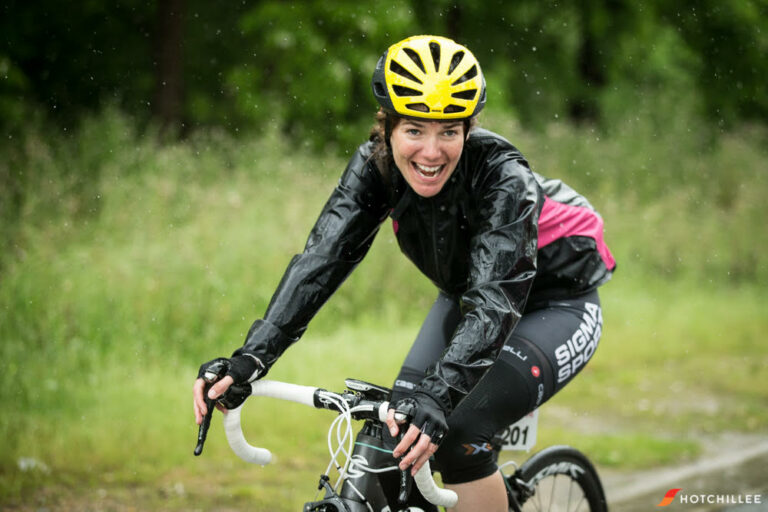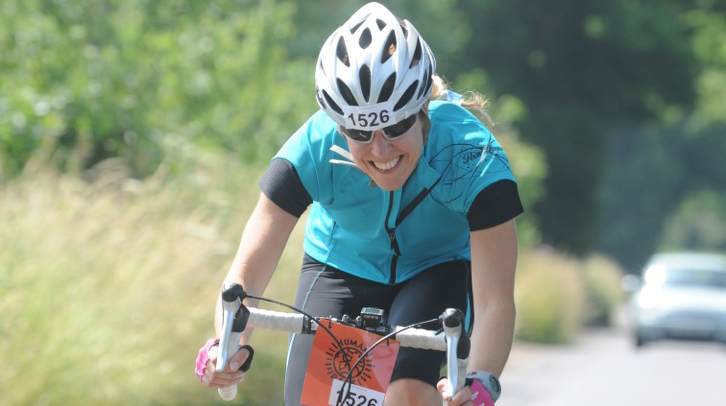Are there any important considerations to bear in mind when starting a hill reps session?
Generally, less experienced and less fit athletes should start with more, shorter intervals such as 4×5 minutes so that each interval can be completed at higher quality. As you get stronger – and as the training plans progress – the individual intervals typically get longer even if the total time at intensity stays the same.
Recovery between intervals is typically half the time of the interval, or 3 minutes between 6 minute efforts, and 6 minutes between 12 minute efforts for example.
How often should we aim to do a hill rep session?
- Ride hill reps once a week or once a fortnight
- Keep recoveries half the length of the effort (eg 12 minute efforts have 6 minute recoveries)
- If hill reps are new to you, start with more shorter reps to ensure you keep the effort high enough throughout each one
- Always warm up for 20 minutes and cool down
- Replicate the efforts with your gears if you live somewhere flat
Once a solid aerobic base fitness has been developed over several months, then hill reps can be started to develop leg strength and increase intensity.
How to Plan Training and Stick to It
Depending on the individual goals and specific event preparation, sessions could be completed weekly or fortnightly, however if for example you are training for a very hilly event such as the Welsh sportive the Dragon Ride, you should be looking at weekly progressive, hill reps combined with additional hilly, endurance rides.
How long should we aim to warm up and cool down for, in an ideal situation?
Always warm-up for at least 20minutes before attempting hill reps. The warm-up should start at a low intensity and gradually build up with some short higher efforts to prime the legs. The cool down should be the reverse of the warm-up aiming to keep the cadence high to counteract the lower cadences of hill reps. Ideally ride to your hill of choice and slowly ride home allowing you to cool down.
